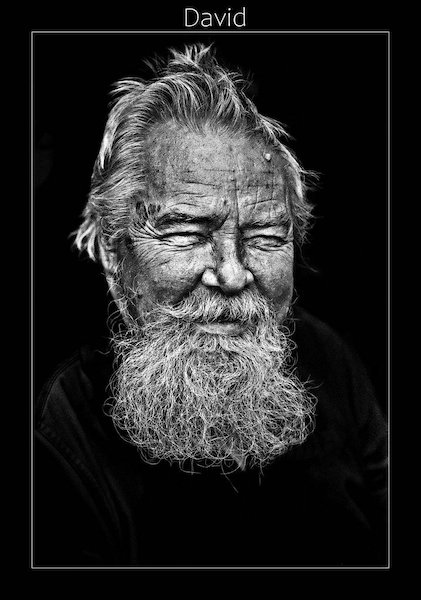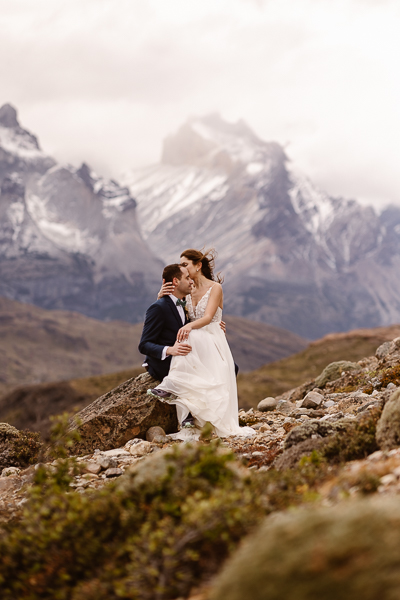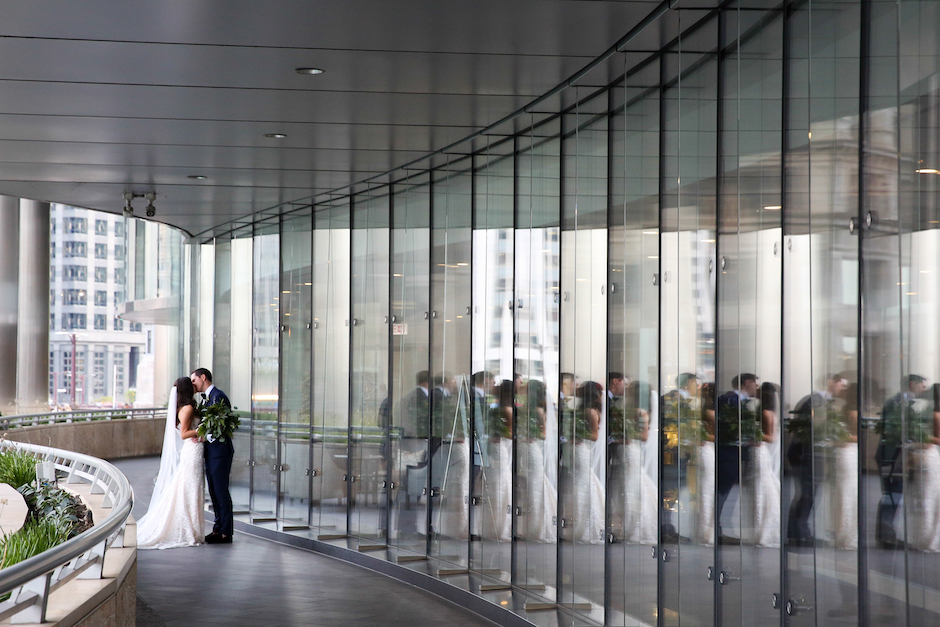Depth of Field: Q&A with Tamara Lackey, Portrait Photographer and So Much More
January 5, 2016
Starting in February, Tamara Lackey will interview icons in the industry who we may know professionally but want to get to know “redefined.”
Jacqueline Tobin: Part of your hosting duties for your show reDefine on Adorama TV includes interviewing photographers and other creative artists about the work they love, and then delivering practical tips and methods to help achieve success. How do you define success?
Tamara Lackey: I define success as combining the work I love to do with a healthy balance of being engaged with my friends and family as a fulfilled individual. That means doing work that consistently challenges me, while recognizing that I should do so in positive ways that may require hustle but are energizing, too. There’s an extraordinary advantage in not only doing what you love, but also staying focused and cutting out the work that exhausts you emotionally. I have modeled my career similarly, paying a lot of attention to what efforts make me come most alive…and recognizing what work drains me or what I procrastinate doing.
JT: Why is your charity Beautiful Together so important to you and how does that passion reflect back into your photography in general?
TL: Outside of my family, the two efforts I care about most are supporting children waiting for families and easing the suffering of animals—both of which I feel are connected through compassion. It’s hard for me to fathom the life of a child who never has had, nor never will have, a family, especially in light of the close relationship I have with my own children. My husband and I wanted to start a nonprofit that was focused very specifically in supporting children without families, so that we could best direct our efforts toward supporting children living in orphanages, foster care and in extreme poverty via tangible, concrete ways—that means project by project, fund by fund. I never realized how many people in the photography community would step up and support those efforts. It’s really been extraordinarily inspiring to experience. I have also come to learn the incredible power photography has to effect real change.
JT: It’s no secret that you are very dedicated to veganism. What is it like living in a meatless landscape?
TL: I decided to stop eating meat the first time I saw a video of what exactly happens behind the closed doors of factory farms and felt a rush of compassion for the animals I saw. I had no plans to become a vegetarian, and then a vegan, but it still seemed like the most natural thing in the world to me, to simply stop eating animals. I was a teenager at the time and since then I’ve seen the meatless landscape grow exponentially. It used to be a lot more difficult to not eat meat, but now there are an amazing amount of choices everywhere. It’s easier than ever to give up meat, or at least to eat less.
JT: What would your last supper include?
TL: I’m Ukrainian and I’ve made my family’s traditional holiday meal every year for as long as I can remember. The main dish is varenyky or pierogi, which are basically dough pillows, mostly full of savory fillings like seasoned potatoes, mushrooms, onions—but you can really add anything. I make them vegan-style and they are beyond delicious. They take a lot of work, but they are definitely worth it.
JT: If not a photographer, then what?
TL: I was always interested in writing, teaching, and humanitarian work. I still find it incredible to recognize that I am doing all of this now, as a photographer.
JT: What do you do for fun?
TL: Unsurprisingly, I love to cook plant-based cuisine and come up with new flavors and dishes. It’s such a treat when all the tools are in place, the music is on, I have a clean kitchen and I’m using all fresh ingredients. I find it to be such a truly creative experience.
I also love running (it’s downright meditative), reading books (my life has greatly improved through books) and going to the movies. I see more movies than most of my friends, by a lot, and it’s a good way to better train my photography eye.
Lastly, spending “free time” with my family, where none of us are trying to get work, homework or chores done, is fun for me. That’s one of the big reasons we travel so often as a family—sometimes leaving it all behind is the best way to come back together.




